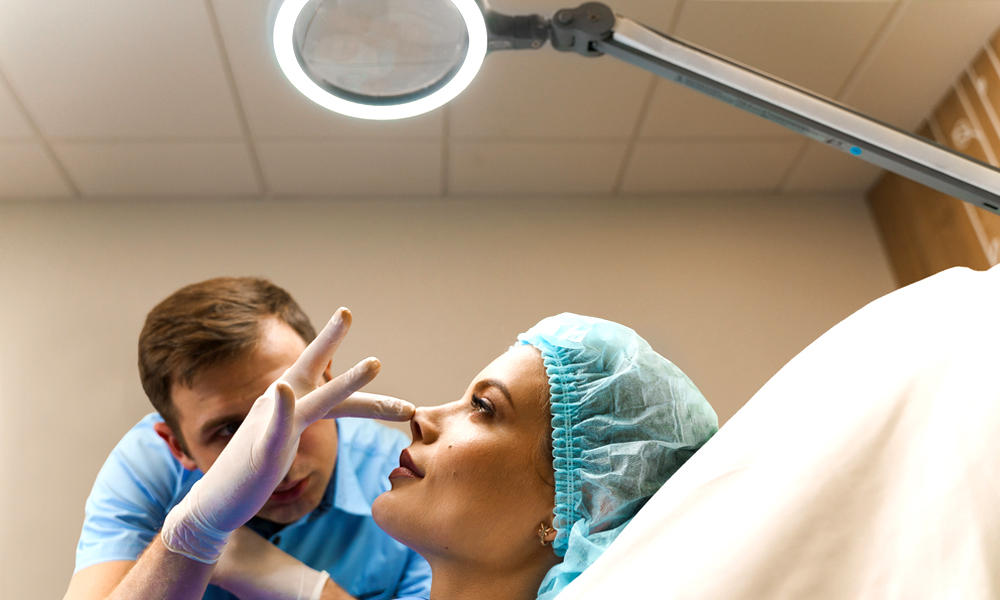-
 Toll Free No 9146-744-744
Toll Free No 9146-744-744 - Appointment
When you have a crooked or deviated septum, the expert suggests a surgery known as Septoplasty. The surgery helps individuals to breathe easily improving a better airflow. If the deviated septum blocks both the nostrils causing breathing problems, then you may have to consult a doctor for a surgery called Septoplasty.
During the surgery, a nasal septum that was deviated is repositioned to the middle of the nose. Your surgeon cuts and removes parts of the nasal septum and reinserts them in the proper position giving a fine look and an easy space to breathe.
Septoplasty helps straighten the nasal septum. Septoplasty is also a part of other medical procedures like Sinus surgery as well as the removal of nasal tumors. Septoplasty alone cannot correct the shape of the nose; it is combined with nose-shaping surgery called Rhinoplasty.
A nasal endoscopy helps a doctor to examine the inside of the nose. Nasal endoscopy involves the insertion of a tube with a camera on the end. After a proper diagnosis, the doctors then decide the line of treatment & medications.
The procedure takes place inside the nose. The surgeon cuts the wall on one side of the nose and removes Mucosa, a thin membrane that covers and protects the septum. Removing or lifting the mucosa allows doctors to reshape the bone and cartilage. Sometimes, the doctors need to trim the part of the bone for repositioning. The mucosa is placed back over the septum. Soft packing or splints are inserted to hold basal tissue in place prevents bleeding and also avoid the formation of scars on the nose.
It is a catheter-based technology used in treating chronic sinusitis and sinus obstructions, Septoplasty, turbinate reduction, and nasal valve surgery for nasal obstruction. The ENT and Allergy specialists recommend Balloon Sinuplasty- an easy and less painful surgery.



It is the commonest procedure to relieve nasal obstruction having a success rate of 43 % to 85%.
The nose is not broken during the surgery
It generally takes 1 to 2 months to get fully recovered after Septoplasty surgery.
Risk factors such as infection, and bleeding are most common in Septoplasty surgery, which can be avoided if taken care properly.
The Septoplasty and Rhinoplasty surgeries are mostly mild pain and associated with minimal post-operative care.
The stitches are inside your nose which dissolves over time, and they are not visible.
Bleeding could occur after sneezing but don’t hold back the sneezes either. Consult your doctor for more info.
Nasal Congestion or stuffy nose is very common after surgery, and it may last up to one week.
Cosmetic surgeries like Septoplasty, Rhinoplasty are NOT covered under any health insurance plan. For more guidance, talk to Hospione Team .
OUR PROCESS IS EASY contact us for More information.
Copyright © 2023 hospione.com - All Rights Reserved | Developed by Digital Marketing StudioGenix LLP